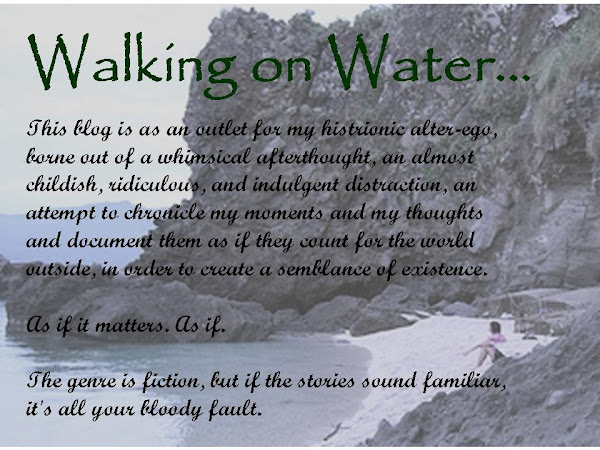That old, vacant spot where the clay tennis courts used to be is now occupied by the towering Henry Sy Sr. Medical Sciences Building, ten stories high. It is pristine and state-of-the-art. You would think you were standing in a private medical school in some first-world country, not in a state university in the heart of the third world.
What used to be BSLR East and West, and my old tambayan, the medical library, is now replaced by an even taller and grander building. It rises above its predecessor like a monument to ambition: imposing, modern, and sleek, reflecting the lofty dreams of the medical students who walk its halls. I was once one of them.
And yet, some things remain unchanged.
The faint, familiar smell of urine, moss, and decaying cement still lingers along the sidewalk. The weathered iron-bar fence rusted with time, that fragile boundary separating the echelons of wisdom from the banal and numbing chaos of the rest of Ermita still guards the premises so steadfastly and quietly that passersby hardly notice it at all. The beautiful post-war architecture of the main College of Medicine building still stands with grace and wear, guarding its stories. The sounds of Pedro Gil, the hum of traffic, the distant chatter, still drift through the air. Inside Calderon Hall, footsteps echo the same way they did when I was a student, conjuring the shadows of all the great men and women who have passed through.
The air no longer carries the musty scent of formalin from the anatomy lab on the third floor. The lab is now fully air-conditioned, and I hear the number of cadavers has dwindled. As in many parts of the world, anatomy is now taught through plastinated specimens, digital platforms, and virtual reality. That old, eerie Pathology room, the one that felt like a dungeon, filled with formalinized anomalies: deformed fetuses that looked like sea monsters, headless torsos, organs that defied logic, is now gone. Once a chamber of marvels and grotesqueries for science and for the future, it has been moved some else in the UP Manila compound, to haunt another building. They used to do autopsies there, and as a medical resident, I have watched the pathologists silently and methodically remove organs from a cadaver, piece by piece, closely studying each one like a piece of a puzzle that would provide the cause of demise.
But Lady Med is still there, standing proud in front of Calderon Hall, stoic and unyielding, a concrete testament to the triumph of science over death and disease.
Outside, the broken sidewalk along Pedro Gil still bears the scars of time. Tiles jut out, displaced by the roots of aging trees. I remember walking there in 1997, a wide-eyed probinsyana fresh from high school, visiting UP Manila for the first time with my parents for my INTARMED qualifying interview.
There are fewer vendors now. The sidewalk once crammed with sellers hawking pirated DVDs, phone chargers, and knock-off accessories now hosts only a handful, mostly selling fishballs, socks, and Divisoria knick-knacks.
The college is so different, yet so much the same.
And perhaps, so am I. I have been changed by necessity, shaped by technology, and weathered by circumstance. Like the college, I carry the burden of the years, but I continue the work. And I continue to hope. Time has not eroded that tenacity, nor that audacity to dream of something better for this country. One patient at a time. One student at a time. Because that is what the college molded me to be.
And when life robs me of that hope, I will come back to the college again, and pray that in its halls, I will find myself once more.



No comments:
Post a Comment